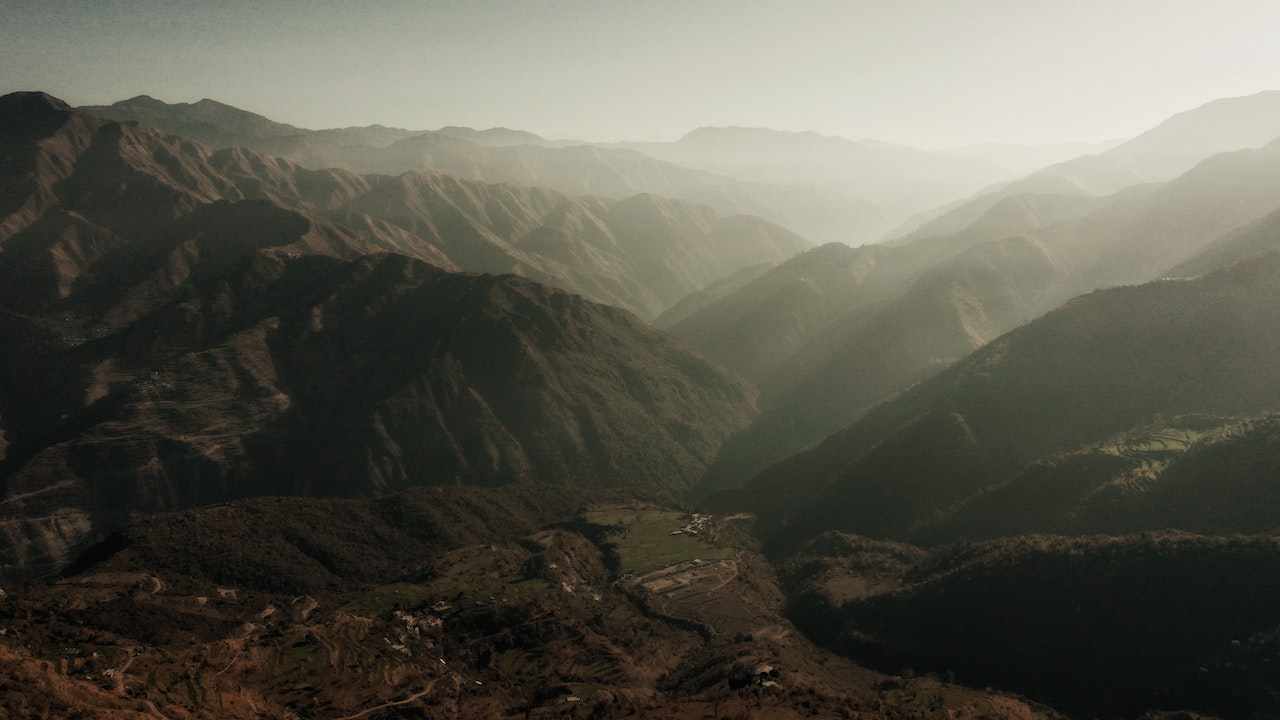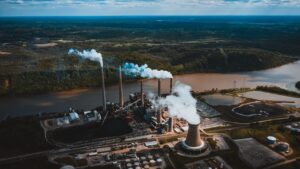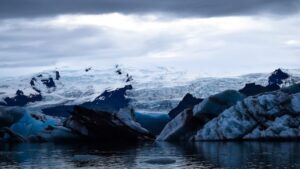
Introduction
Climate change is a global phenomenon that affects ecosystems, wildlife, and human populations in various ways. While we often focus on long-term changes in climatic averages, it’s crucial to recognize that some of the most significant impacts of climate change stem from extreme events. In Northern high latitudes, including the Arctic, extreme weather events are becoming more frequent and severe, posing substantial challenges to the region’s delicate ecosystems and the people who call it home. This blog post explores the Impact of Extreme Climate Events in Northern High latitude, drawing insights from a review of recent research.
Understanding Extreme Climate Events
Heatwaves, hurricanes, droughts, and flooding are just a few examples of the diverse phenomena that are included in extreme climate events. These occurrences are distinguished by their potency, duration, or rarity, and they frequently have dire repercussions. To learn more about their patterns and potential future changes, researchers have been studying various extreme events in Northern high latitudes.
Evidence for Variations and Changes
The analysis of recent historical data is one of the most important aspects of climate change research in the Arctic and Northern High Latitudes. Temperature variations, precipitation patterns, snowfall, freezing rain, atmospheric blocking, cyclones, and wind patterns are all being studied by scientists. These investigations have uncovered a variety of indicators of change in the area.
Among the most pronounced changes are rising temperatures and the rapid loss of sea ice. Arctic temperatures are increasing at a rate more than twice the global average, leading to significant shifts in the region’s climate and ecosystems. Sea ice, a critical component of the Arctic environment, is shrinking rapidly, impacting polar bears, seals, and indigenous communities that rely on ice for their traditional way of life.
Projected Changes
Researchers use global climate models to predict the future of extreme climate events in Northern high latitudes. The trends seen in recent years are expected to continue, with even more negative effects, according to these models. The biggest changes in temperature and sea ice are anticipated, with possible effects on ocean circulation patterns and the earth’s climate systems.
Impacts on Ecosystems and Humans
In Northern high latitudes, extreme climate events have a significant impact on both ecosystems and human populations. For instance, the melting of the Greenland Ice Sheet raises sea levels, endangering coastal communities all over the world. Infrastructure and habitats are also at risk from increased flooding and coastal erosion.
Terrestrial and marine ecosystems are not immune to these changes either. Wildlife species are experiencing disruptions in their natural habitats, affecting migration patterns, breeding seasons, and food availability. These disruptions have cascading effects throughout the food web, impacting not only iconic Arctic species but also the livelihoods of indigenous communities.
Research Priorities and the Way Forward
Prioritizing research is crucial as we navigate the difficulties brought on by extreme climate events in Northern high latitudes. To comprehend the intricate interactions that cause these events better, high-resolution models and enhanced observing systems are required. To ascertain the degree to which human activities contribute to extreme events in the Arctic, researchers are also working on attribution studies.
It is essential to comprehend how extreme events affect ecosystems and people in order to develop adaptive strategies and mitigation techniques. Additionally, researchers are looking into the idea of thresholds or “tipping points,” which, if they are crossed, could result in abrupt and irreversible changes to the Arctic environment.
Mitigation and Adaptation Strategies
Communities and governments in northern high latitudes are starting to put mitigation and adaptation strategies into practice as a result of mounting challenges. These strategies include promoting sustainable practices to lower greenhouse gas emissions and enhancing infrastructure resilience against extreme weather events.
The promotion of renewable energy sources in isolated Arctic communities is one noteworthy initiative. These communities increase their energy security in the face of extreme weather events that can disrupt fuel supply chains by reducing their reliance on fossil fuels, which also helps them reduce their carbon footprint.
International Cooperation
Extreme climate events in high northern latitudes present problems that cut across national boundaries. Many countries call the Arctic region home, and the effects of climate change here have global repercussions. In order to effectively address these issues, international cooperation is crucial.
Nations, indigenous peoples, and scientific experts collaborate on research and policies to lessen the effects of climate change in the region through initiatives like the Arctic Council. Sharing information, best practices, and assisting vulnerable communities are all examples of cooperation.
The Role of Indigenous Knowledge
Indigenous groups have lived in Northern high latitudes for centuries, cultivating a profound understanding of the environment and its changes. Their cultural expertise is crucial for coping with and lessening the effects of extreme weather events.
Indigenous peoples’ participation in decision-making processes through collaborative efforts can result in more effective strategies for protecting their cultures and ways of life. These initiatives pay tribute to the traditional knowledge and wisdom that have long supported indigenous communities in the harsh Arctic environment.
Conclusion
Extreme weather events are occurring more frequently in the Arctic and Northern high latitudes as a result of climate change. The ecosystems in the area are being altered by these occurrences, which range from increasing temperatures and sea ice loss to floods and wildfires, and they are posing serious difficulties for nearby communities.
The international community must make a concerted effort to address these issues. To lessen the effects of extreme climate events in Northern high latitudes, more money must be put into research, modeling, and sustainable policies. We can only hope to protect this special and vulnerable area of our planet for future generations through coordinated efforts.









Very well presented. Every quote was awesome and thanks for sharing the content. Keep sharing and keep motivating others.
you are in reality a good webmaster The website loading velocity is amazing It sort of feels that youre doing any distinctive trick Also The contents are masterwork you have done a fantastic job in this topic